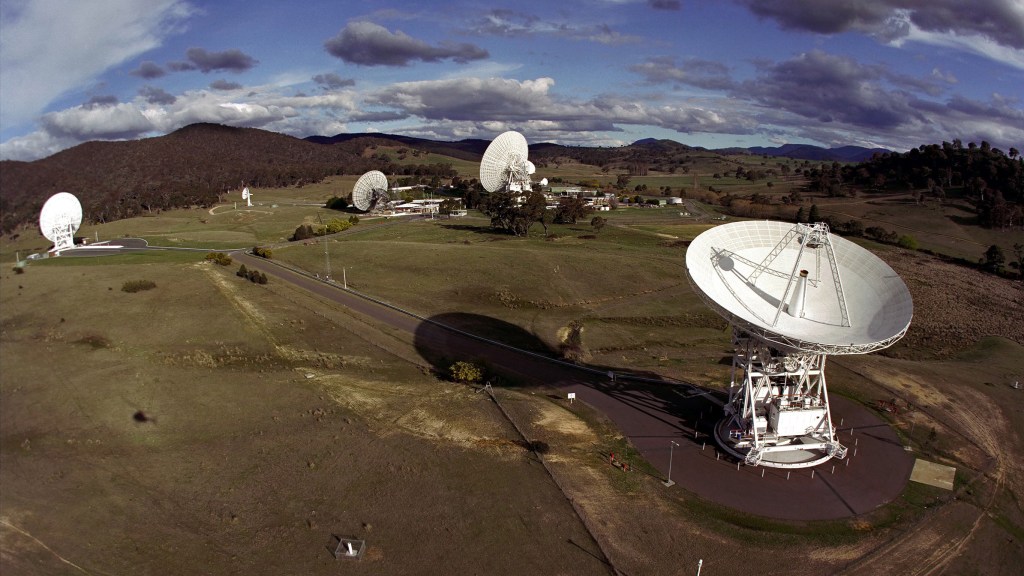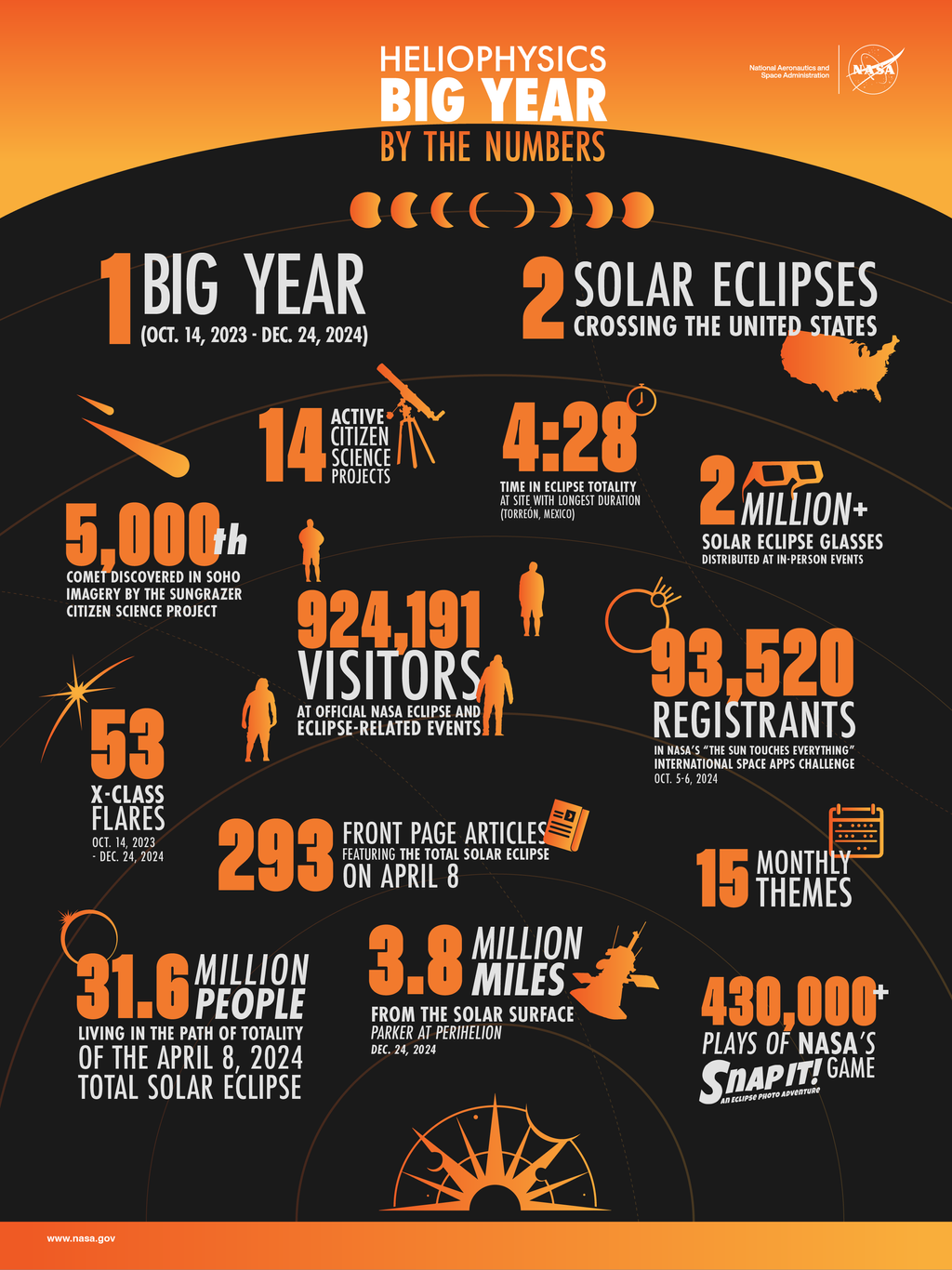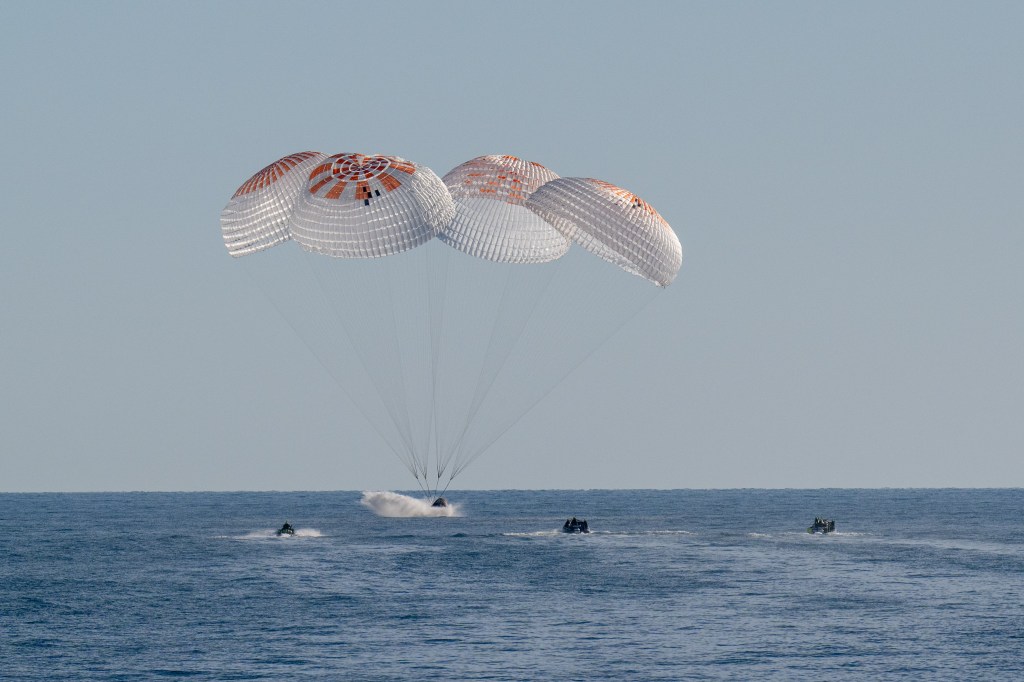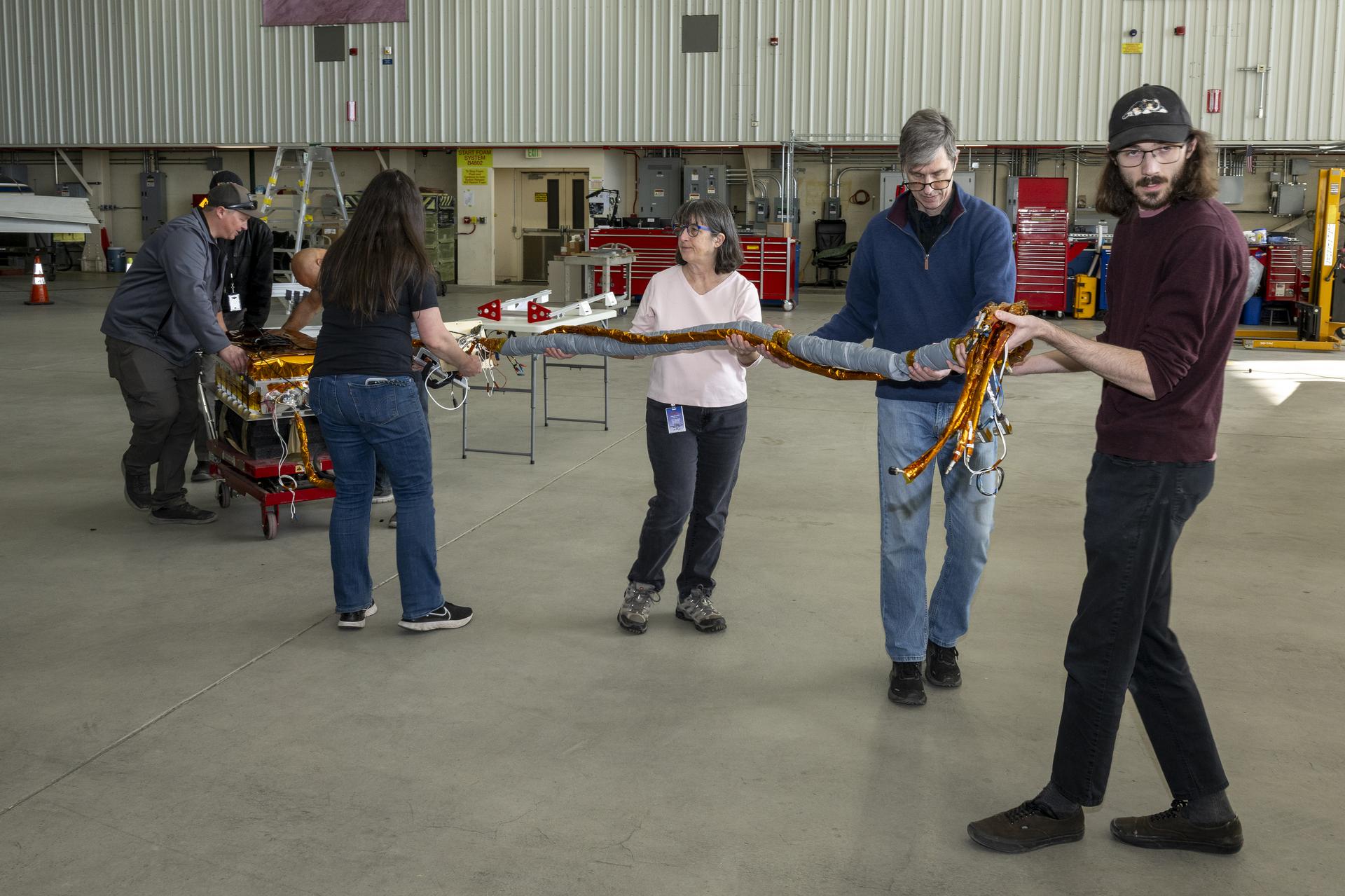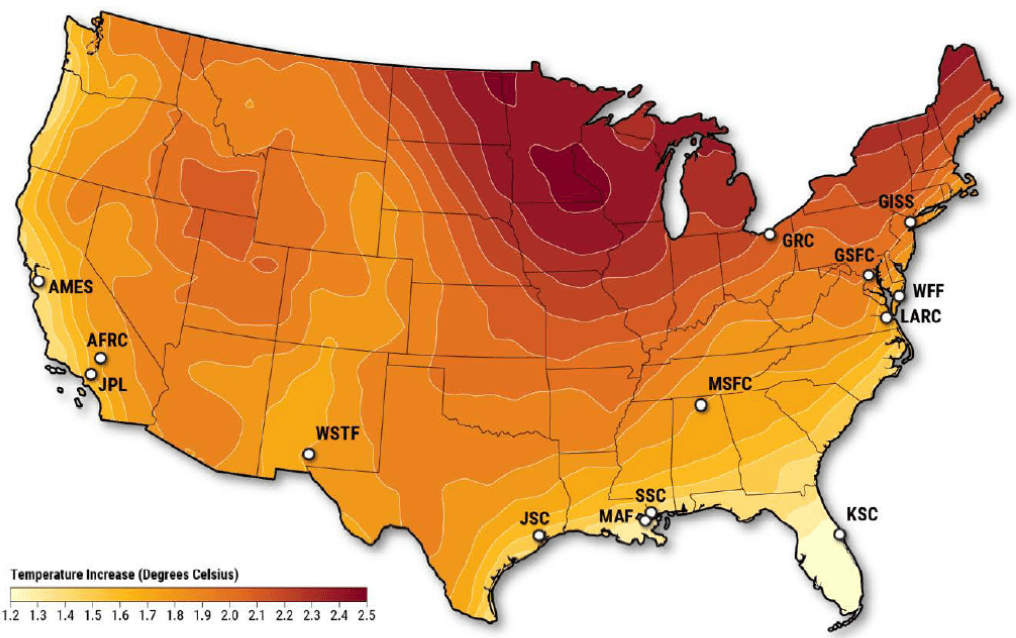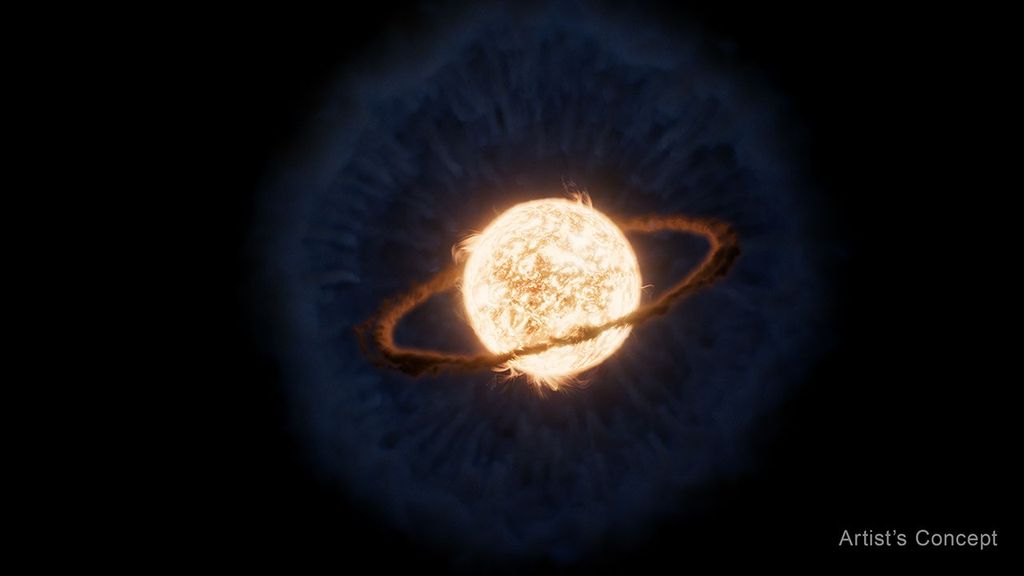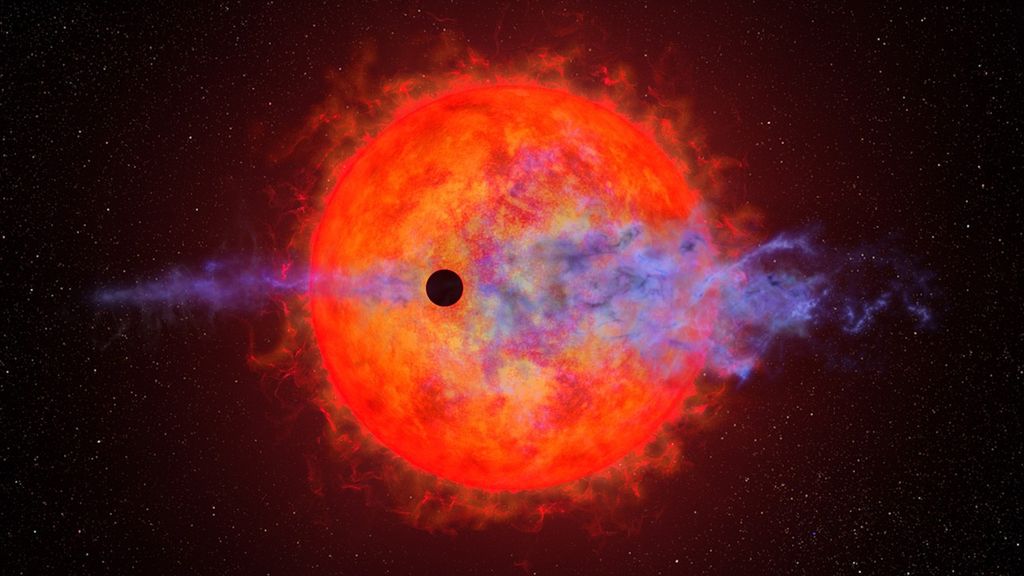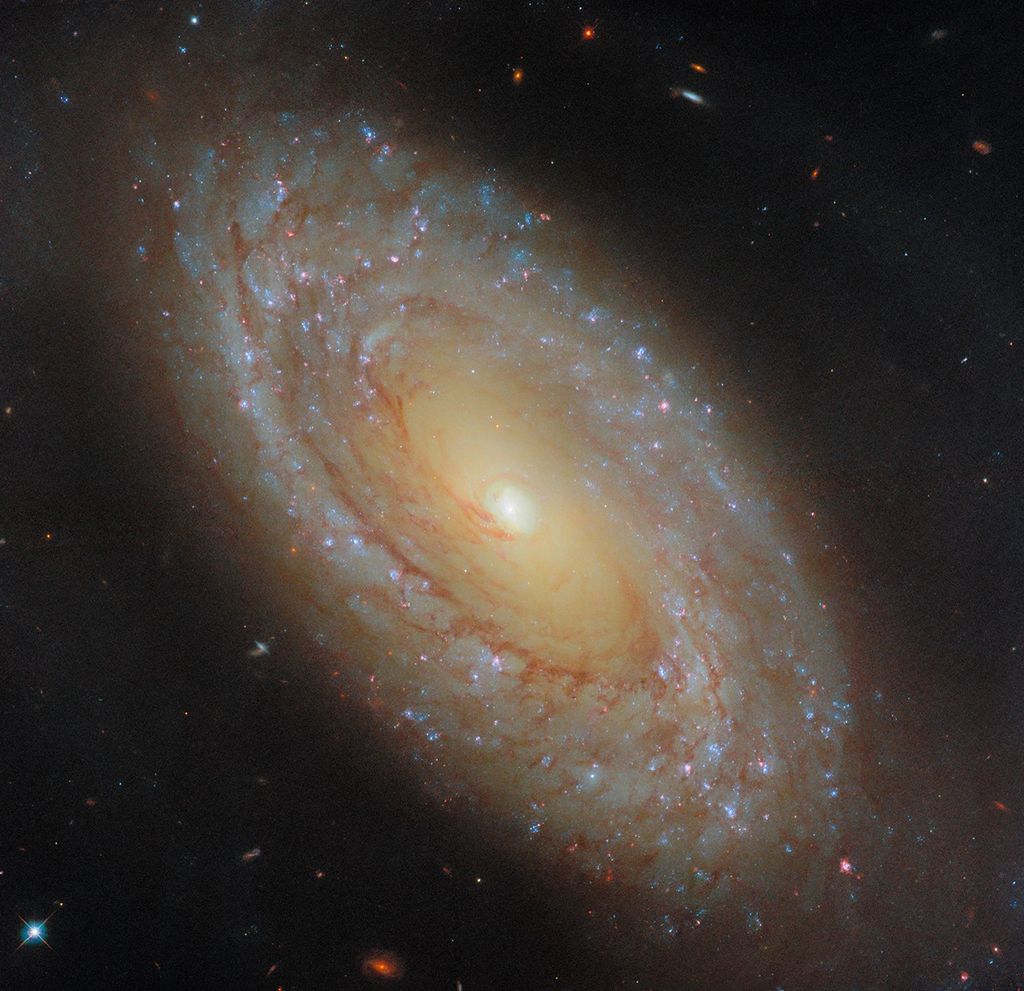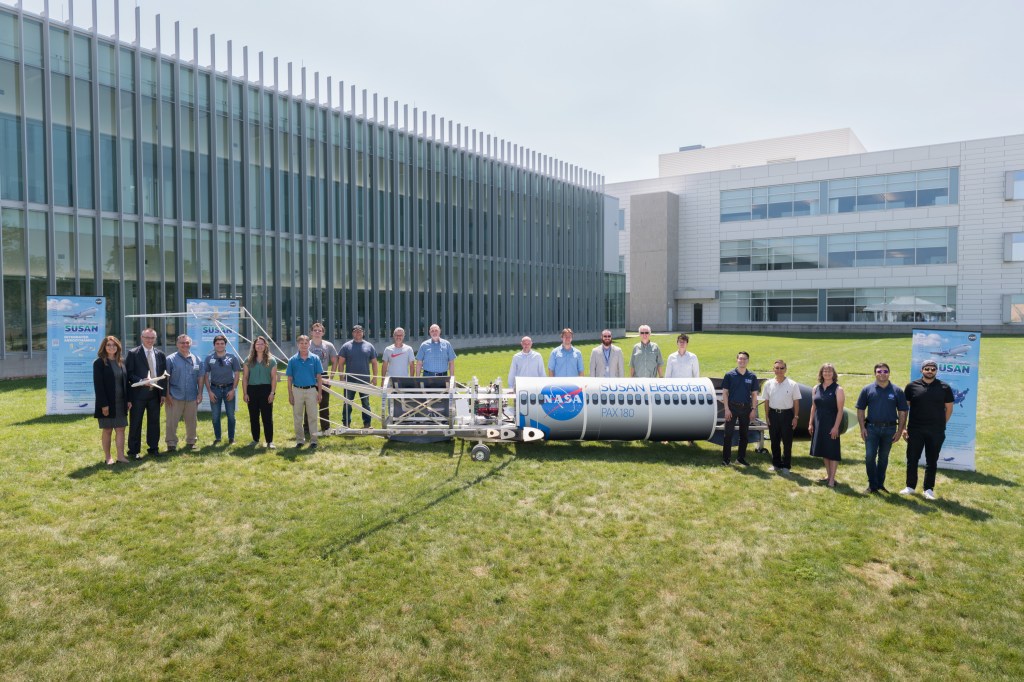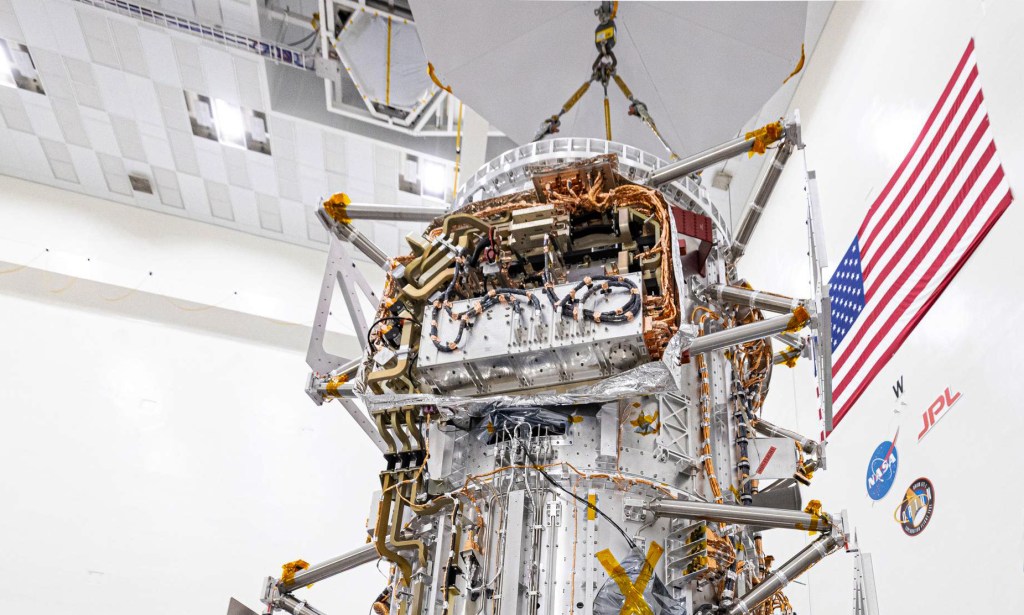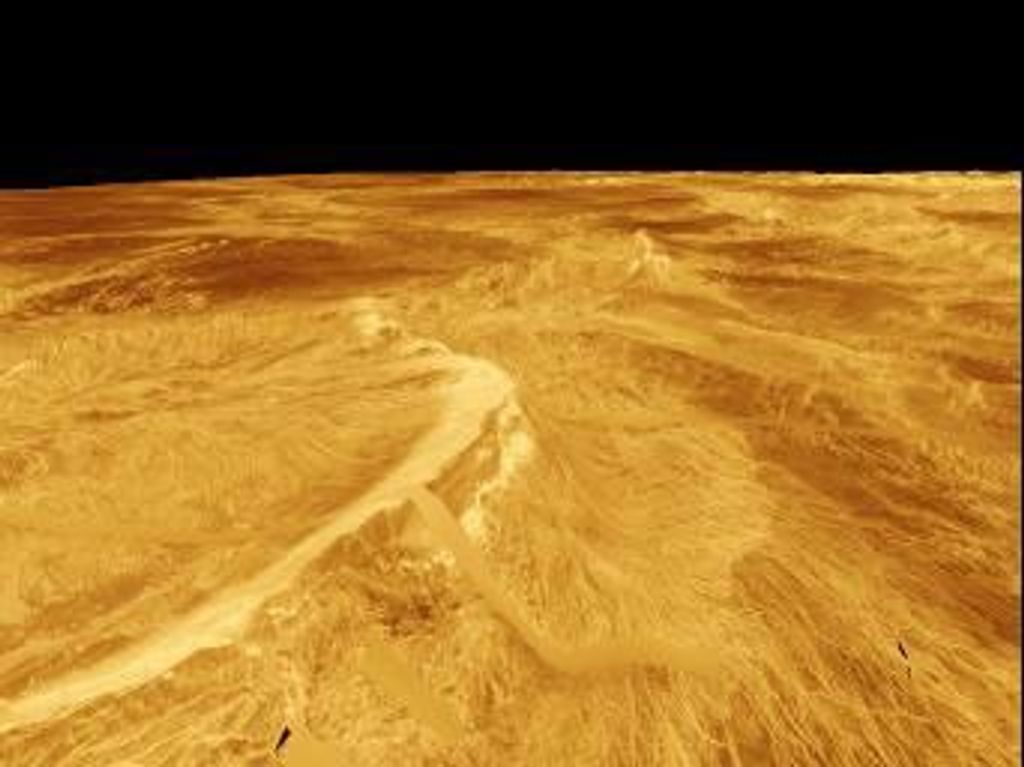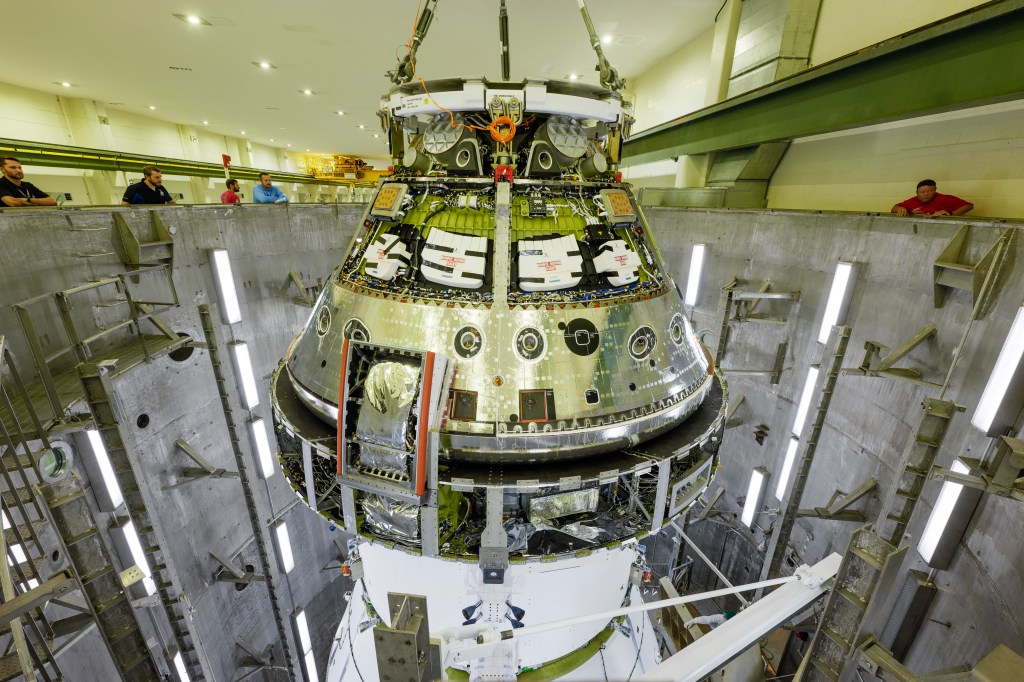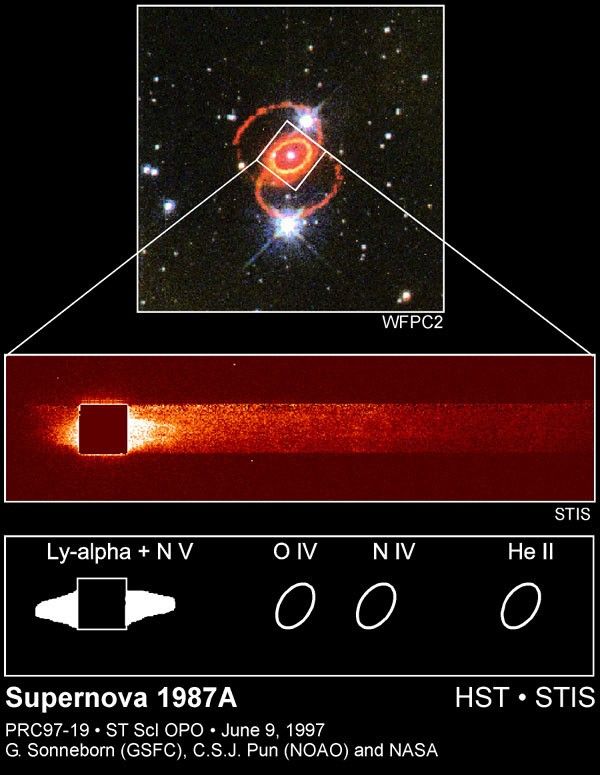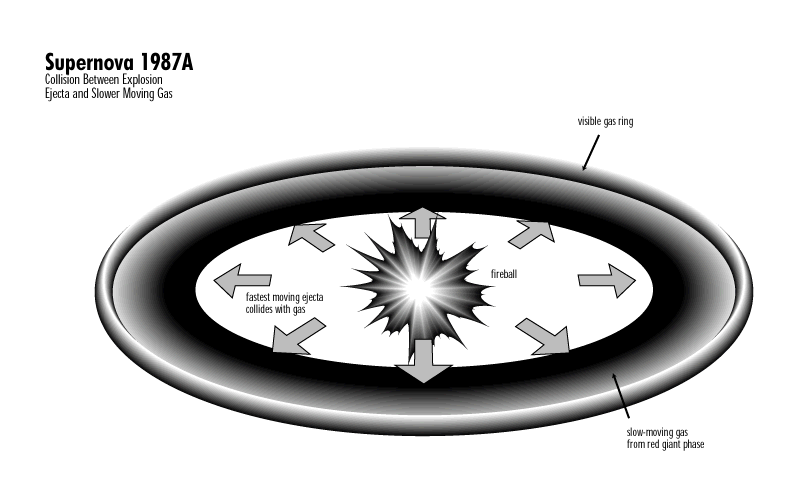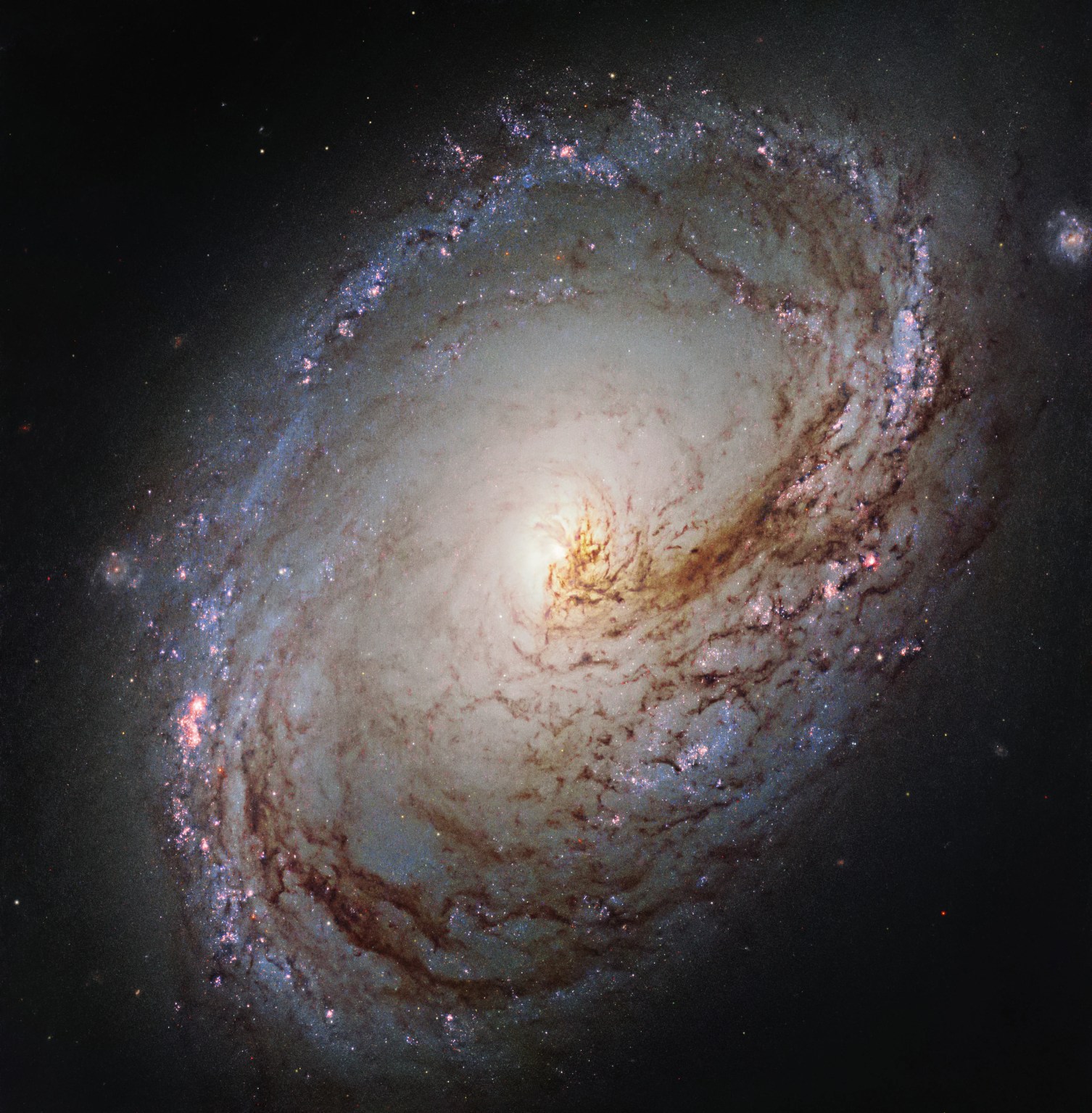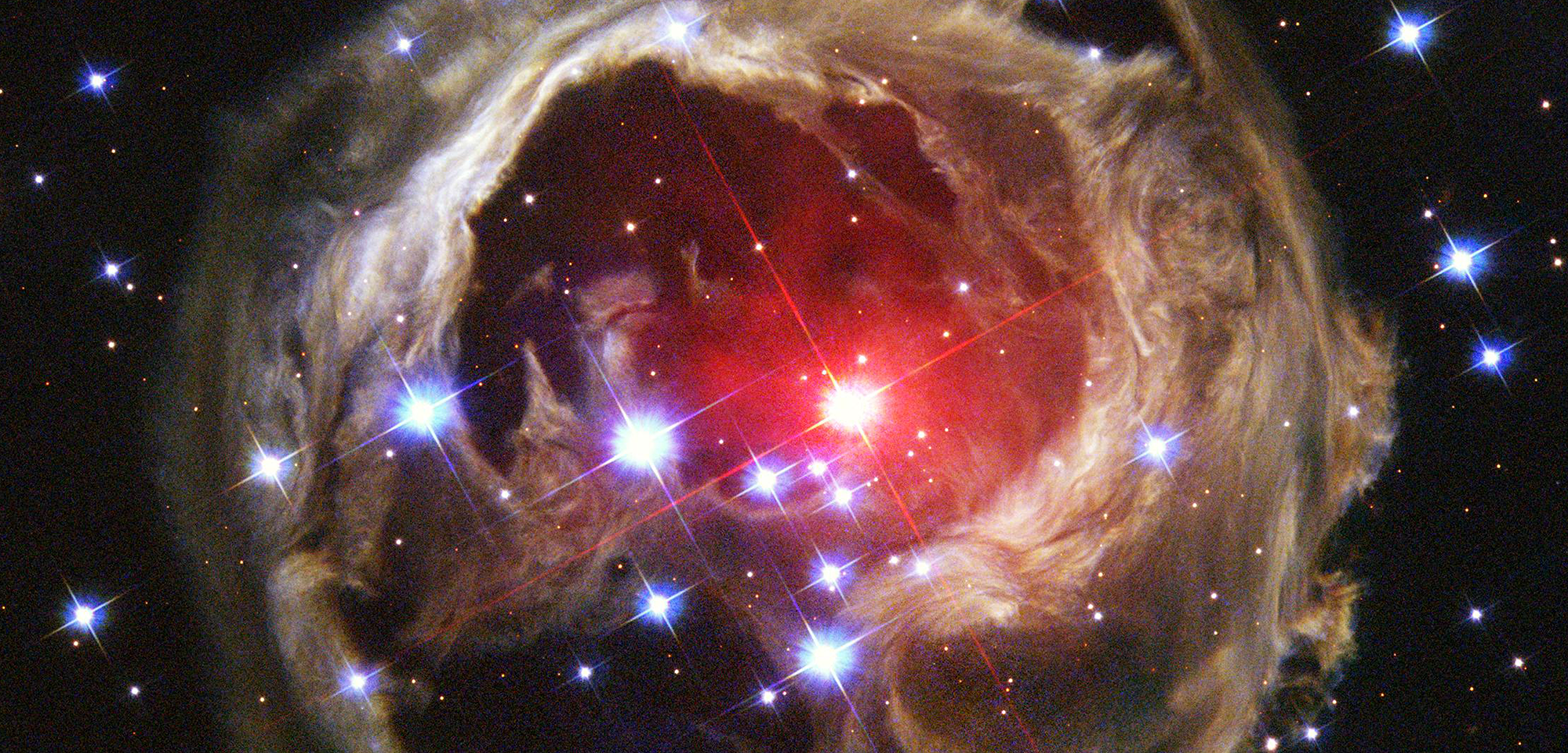BACKGROUND INFORMATION: STIS REVEALS INVISIBLE HIGH-SPEED COLLISION AROUND SUPERNOVA 1987A
Astronomers have detected the collision of the highest velocity material expelled by the explosion of supernova 1987A with slowly moving gas ejected when the doomed star was a red giant. The discovery was made with the new Space Telescope Imaging Spectrograph (STIS) on the Hubble Space Telescope. SN 1987A, which first appeared in February 1987, is the brightest stellar explosion seen since Kepler observed supernova 1604 AD. SN 1987A is located about 167,000 light-years from Earth in the Large Magellanic Cloud.
Evidence for the high-speed debris from SN 1987A comes from ultraviolet emission of hydrogen produced by its collision with the remains of the mass lost by the pre-supernova star about 20,000 years before the explosion. The STIS data shows the outermost regions of the explosion debris are expanding at a speed of 33 million miles per hour (15,000 kilometers per second).
"This is the first time in ten years that astronomers have measured the very fast moving gas ejected by the supernova explosion," said STIS team member George Sonneborn of NASA's Goddard Space Flight Center in Greenbelt, Maryland. "The very tenuous outer layers of the debris became invisible a few days after the explosion and have remained so until now when they were detected by Hubble with the STIS ultraviolet detectors."
By spreading the light into a spectrum, astronomers used STIS to measure the speed with which the glowing gasses are moving toward and away from the Earth. The effect of speed on the spectrum, called the Doppler effect, is also used by patrolmen to measure the velocity of speeding cars.
SN 1987A is surrounded by a dense ring of glowing gas, about 1.2 light-years in diameter, which was formed by the pre-supernova star about 20,000 years ago. The ultraviolet emission detected by STIS is located inside this ring at a distance of about half a light-year from the center of the explosion. The debris is colliding, not with the main ring, but with lower density gas inside the ring.
The collision detected by STIS is probably responsible for the X-ray emission detected from SN 1987A in recent years, but whose location relative to the center of the explosion could not be precisely determined.
The STIS spectrograph viewed an area encompassing the inner ring and supernova debris in far-ultraviolet light, spreading it into a spectrum. The Earth's atmosphere completely blocks ultraviolet radiation from reaching the Earth's surface, hence astronomers can study the ultraviolet universe only from orbiting telescopes.
The STIS spectrum also reveals the presence of emissions from hot gasses (oxygen, nitrogen, and helium) coming from the inner ring itself. The ultraviolet-emitting gas in the ring is very hot, about 50,000 degrees Kelvin.
Astronomers have long awaited evidence of the collision of the supernova debris with its circumstellar material, since the radiation from the collision will help unravel questions about the ring's formation and the evolution of the star before the explosion. The interaction detected by Hubble is a precursor to the primary collision with the main ring, which is now expected to begin about 2005.


